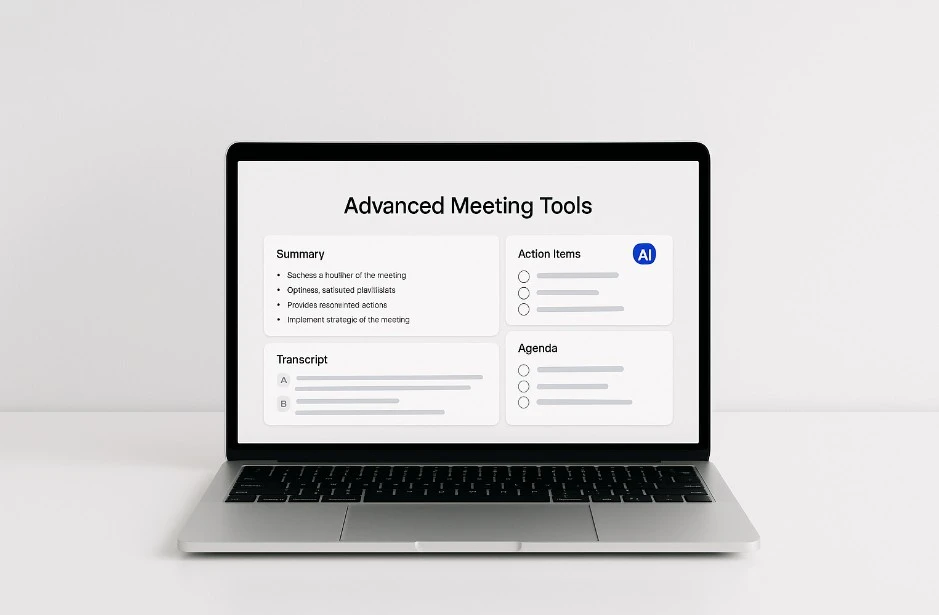
6 Online Identity Verification Methods for Booking Platforms
BOOKAFY BLOG 6 Online Identity Verification Methods for Booking Platforms IN THIS POST Many people have either grown tired of or just don’t like making bookings and reservations via phone
The last three years have tested a business’s ability to find and settle into its own processes around remote work. Most organizations that made this transition smoothly have often attributed its success to the timely adoption of cloud technology. It didn’t just fill the miles between the employees and employers but also plugged in loopholes that weren’t visible to them initially.
Cloud technology ensures your remote employees are prepared a take on any number of ‘new normals’ they’d have to face. This becomes increasingly important in a work climate where the future rests solely on how quickly you can respond to changes.
However, the more we’re compelled to rely on cloud computing, the faster and more deeply our lives are bound for change. By addressing the challenges we faced by shifting to a remote more of work, we brought about significant changes in livelihood and lifestyles.
The closed walls of an office made it easier for employees to communicate with their peers or mentors and be accessible in case of need. Remote work severed this path by adding a thousand or more miles between them. As a result, all traditional processes no longer seemed to work with remote teams, which led to a dip in employee productivity and efficiency.
Typical finance functions (verifications, approvals, and documentation)were most affected in the transition to remote work as they’ve always been one-on-one. While such meetings were easy to have in an office setup, remote work changed the situation drastically. This led to inaccurate documentation, broken records, delayed employee reimbursements, and overworked finance teams.
Having a dip in employee productivity and inefficiencies in core processes could negatively impact a business’s health in the long run. Businesses would need to adopt cloud technology to ensure they’re able to scale with efficient teams.
Before cloud technology was mainstream, the biggest change to how we approached work came from virtualization technology. Before that, we were at a time when one piece of hardware could only run one operating system.
With virtualization, a piece of hardware could run numerous operating systems in its own individual environments. It saved tons of space in data centers and allowed organizations to take full advantage of each piece of hardware. However, this still meant that you had to manage your own hardware, and organizations were in charge of everything from acquisition to management and maintenance.
But with the onset of cloud computing, organizations like Amazon and others took over the complete hardware management side. Now, you can run any number of systems as you’d like by using their machines which they maintain and manage. This was a game-changing move, wherein growth and scale became accessible for all organizations even from the most remote locations.
And with the onset of the pandemic, this became a bare necessity for organizations to survive and thrive.
Cloud computing enables businesses to bridge the physical gap between employees during remote work. This in turn ensures that employees are able to maintain office levels of communication and collaboration while working from different corners of the world.
Flexera’s 2022 State of the Cloud Report mentioned an 80% increase in the adoption of cloud tools for project management, appointment scheduling, workflow improvement, expense tracking, and video conferencing softwares.
Imagine your organization had its own data center to store all your important business data; you’d have to schedule maintenance checks once in a while by taking all your assets offline. Additionally, if your data center is on-premises, employees couldn’t work outside physical offices as it would prevent them from accessing company data.
By transitioning to the cloud, businesses can give employees remote access to all data they need to continue their responsibilities at work safely.
Additionally, it also enables organizations to control access to information and resources. Cloud admins can set access permissions to ensure employees have access to just the information they need.
Cloud technology enables organizations to quickly accommodate their remote employees’ growing needs, putting them on the path for scale. The elasticity of the cloud ensures organizations can boost or reduce operations based on their changing requirements.
Whether a small part of your organization needs to go remote all of a sudden or if you’d have to shift a chunk of your workforce to a remote model permanently, a cloud solution can ensure smooth transition.
Additionally, moving to cloud technology proves to be more affordable as organizations only have to pay for the resources they need.
A paper-based approach to managing your organization’s finances can become very redundant with remote work. This could put your organization at high risk for expense fraud and complete loss of control over business expenditure which, if left unchecked can lead to your business closing doors in time.
Automation tools make expense reporting and tracking more efficient by making sure that reports are verified instantly as they’re created so finance teams don’t have to painstakingly verify each one manually.
Additionally, non-compliant reports can lead to serious problems with the IRS if discovered during an audit process. Cloud tools make sure your records are accurate and accessible from virtually anywhere, ensuring you’re always audit-ready.
As all data is now dynamically accessible, it enables remote teams to analyze it better to make faster and better decisions to improve productivity.
By enabling remote employees to manage their responsibilities better and collaborate efficiently at a faster pace, cloud technology allows businesses to move with more velocity.
More importantly, cloud tools enable your IT department to focus on their core functionalities rather than having to worry about making the organization’s data safer.
With data being stored on the cloud, employees need not be chained to their desks all day. They can work from anywhere, using any device, at any time, as long as they have a stable internet connection. This in turn, directly improves the experience of work an employee has.
In fact, in Stanford’s report on Why Working from Home Is a “Future-Looking Technology”, they mentioned that remote employees are 57% more satisfied with their own jobs and 50% less likely to quit their current jobs in comparison to those that don’t work from home.
The reason for this? Pretty simple, actually, remote work enables an employee to have a better work-life balance and increased flexibility to create their own schedule, all of which wouldn’t have been possible without cloud technology.
Remote work isn’t going away anytime soon, and its future stands on cloud computing – making this technology is an absolute necessity for businesses across the world. Apart from the ease of access, and scalability factors, it prepares organizations for the next new normal.
Cloud adoption means many things, but its two most important offerings are – constant support for your growing workforce and hassle-free work for employees with little to no interruptions. They no longer have to worry about losing important data or a server going down.
Lastly, keep in mind that the type and kind of cloud platforms you adopt can often make all the difference. While some organizations would need five different tools to streamline five different processes, some could also make do with a single platform to automate multiple functions.

Save your team time and money with Bookafy!
Using online appointment scheduling software, you can automate booking, reminders, syncing to calendars, fetching video meeting URLs, and much more. Try Bookafy free today!

BOOKAFY BLOG 6 Online Identity Verification Methods for Booking Platforms IN THIS POST Many people have either grown tired of or just don’t like making bookings and reservations via phone

BOOKAFY BLOG Why Transparency and Education Are the New Growth Engines in eCommerce Online Wellness Markets IN THIS POST The online wellness market is undergoing a significant transformation. Once dominated

BOOKAFY BLOG 9 API Security Best Practices Every Booking Platform Needs IN THIS POST Your organization is like a finely tuned machine where systems work together in harmony to keep

BOOKAFY BLOG Why Remote Teams Secretly Appreciate Timesheet Software Like Workstatus IN THIS POST Remote work has transformed how businesses are operated. Different cities; or even nations, are collaborating on

BOOKAFY BLOG All About Optimizing Your Booking Page for Search Engines IN THIS POST Have a booking page, but not getting as many customers as you expected? That could be

BOOKAFY BLOG How to Schedule Like a Pro with These Simple Hacks IN THIS POST Time significantly impacts how people evaluate their experiences. When time is wasted, customers often remember